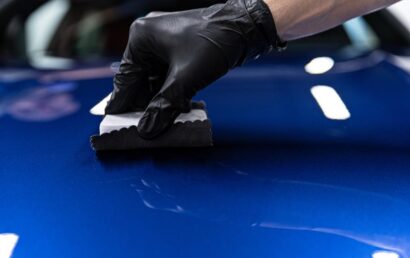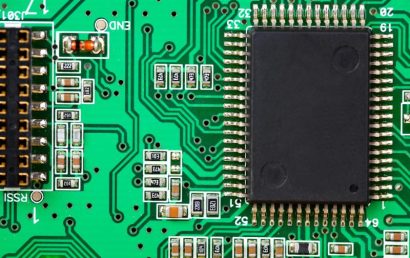Understanding Stress Corrosion Cracking
Where the profitability of refineries is concerned, one huge drag on them is the cost of corrosion. The estimated corrosion costs and cost of downtime associated with it, several years ago, was thought to be in excess of $1.1 trillion. So, you can see, particularly for the oil and gas industry, one of their top priorities is battling corrosion. Associated with the corrosion that most people are familiar with is the real problem of stress corrosion cracking.
The Silent Killer – SCC
Referring to SCC (stress corrosion cracking) as a silent killer may seem dramatic, but where carbon steel assets are concerned, it is relatively accurate. Tanks and pipes can fail suddenly if SCC is not noticed in time. How does it start?
Inside of metal, microscopic cracks appear and that is where this kind of corrosion begins. All too frequently, before cracks are visible, there is no discernible loss of metal or corrosion. The component seems healthy. SCC’s unpredictable timeline is one thing that makes this corrosion type so dangerous. In as little as a few hours, it could cause equipment failure. Before triggering an issue, it could remain undetected for months – even years.
In order for SCC to occur, three elements must be present. They are as follows:
- Ordinarily below tensile limits, stress on the metal.
- As it applies to the specific metal, a corrosive environment.
- Most often an alloy, a metal must be present.
Making the problem even trickier to solve is the fact that these three factors can vary. But wait – it gets worse! For SCC to occur, an environment does not necessarily have to be highly corrosive. Nor does the equipment.
Are Your Assets Becoming Victims of SCC?
The only option is replacement if assets or parts have been too severely affected by SCC. There are several ways to detect SCC, including deep observation of scratches, in-line testing, and hydrostatic testing. Sometimes, before failure occurs, stress can be reduced.
There are several methods of corrosion control, including the following:
- Below the metal’s limit, reduce the sources of corrosion.
- During cleaning, use corrosion inhibitors.
- Coating replacement and inspection.
Through controlling the temperature of the metal and through heat treatment, metal stress is relieved. If the replacement of a part is necessary, it’s a good time to see if, in order to reduce stress, the part’s design can be improved. If this part is prone to failure, this is of particular relevance.
Stress Corrosion Cracking Prevention
Rather than fixing stress corrosion cracking post discovery, a far better tactic is to prevent it. To guard against corrosive elements, carbon steel assets are usually protected by the application of coatings. Sadly, exposure to various chemicals, stressors caused by the formula of the coating, environmental abrasion, and other factors cause traditional coating failure after a time. When that happens, the old coating might have to be removed, additional equipment downtime is going to be needed, and the old coating is going to need to be replaced or added to.
But those were the old days! Today, there are chemically bonded, ceramic coatings that have proven themselves in all sorts of settings. They are used now in marine industry settings, the gas and oil industry, and countless others.
A&A Coatings is not only knowledgeable of, but experienced in, the use of the most modern and effective coating products in use today – including the ceramic coating described above. If you would like to find out how thermal spray coatings are currently used in your industry, and how your business could benefit from them, talk to one of our representatives. The longer you wait, the more damage will be caused by corrosion, friction, abrasion, and other damaging conditions.



